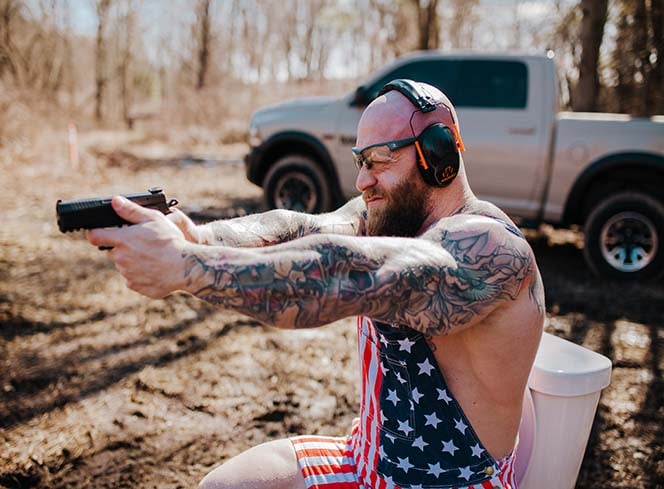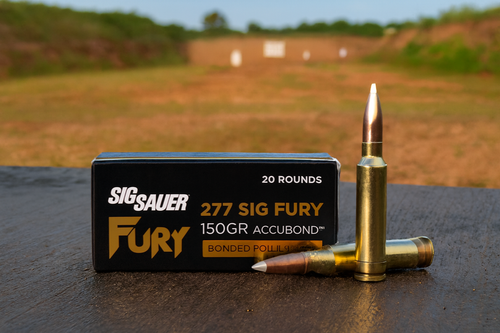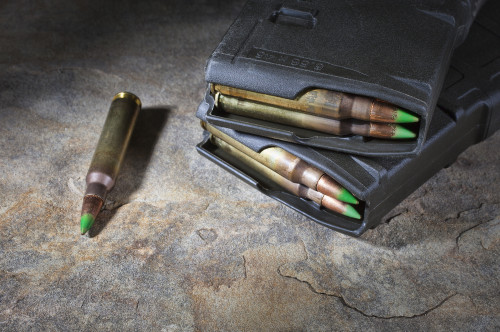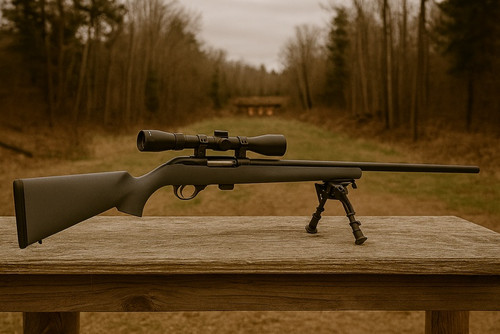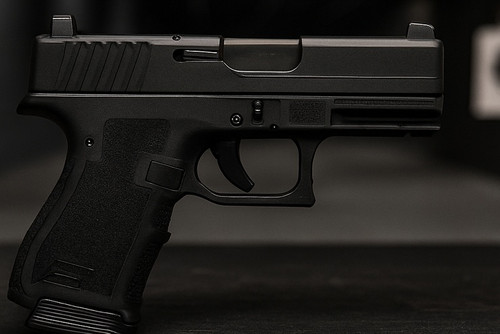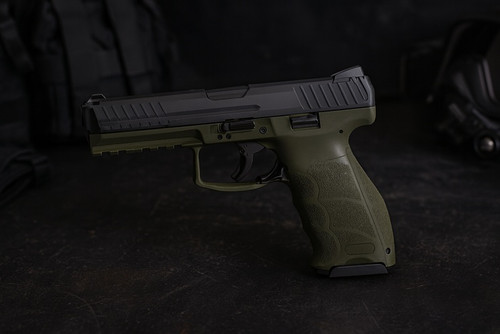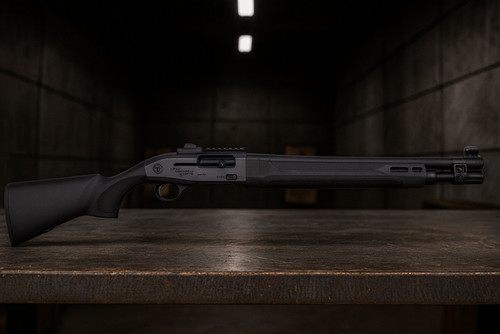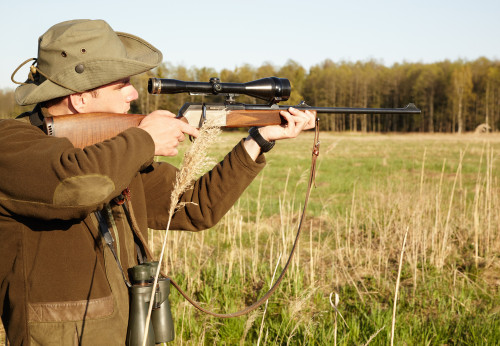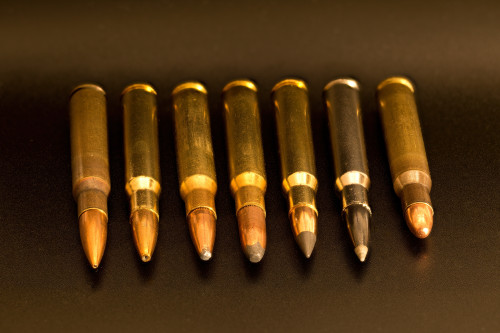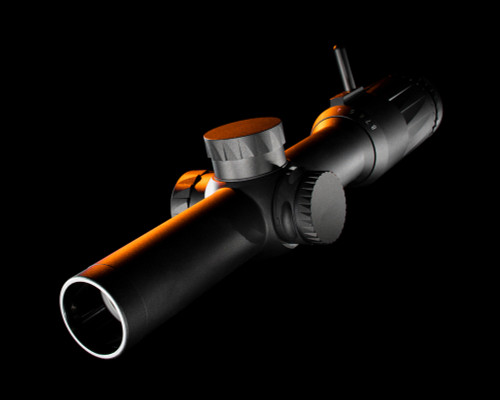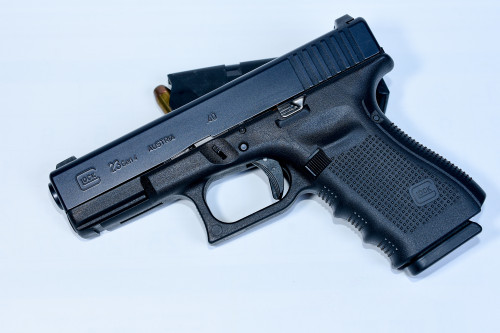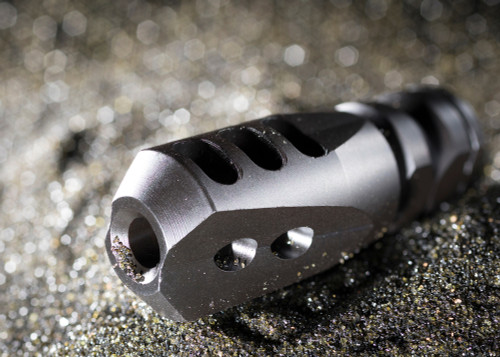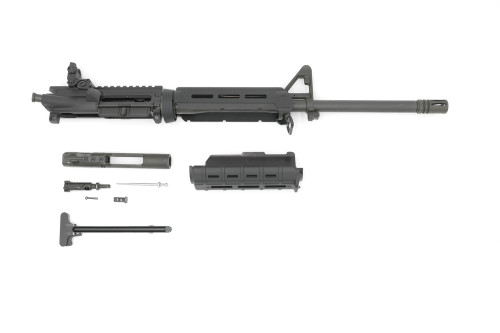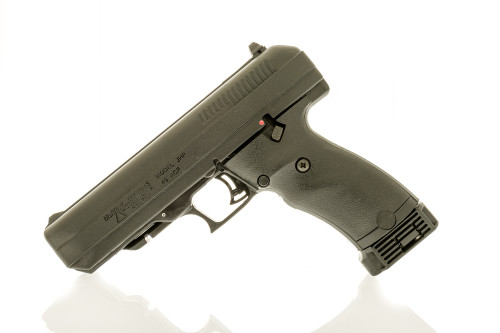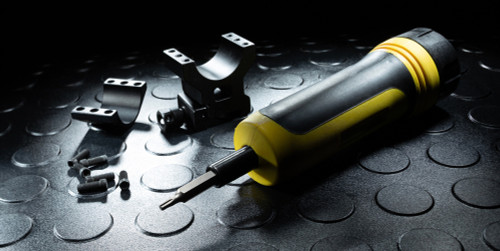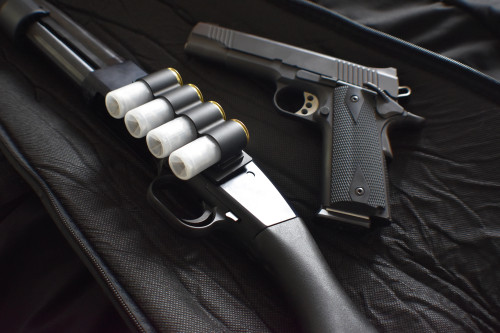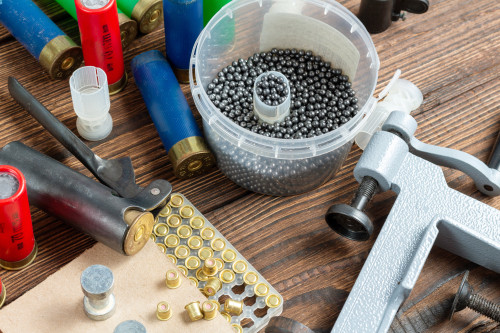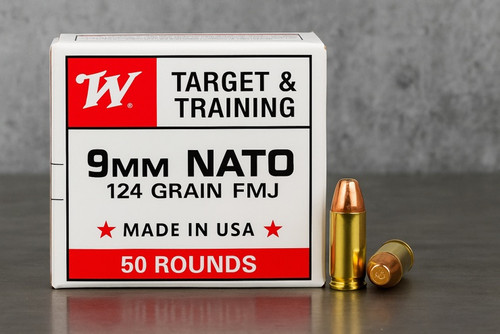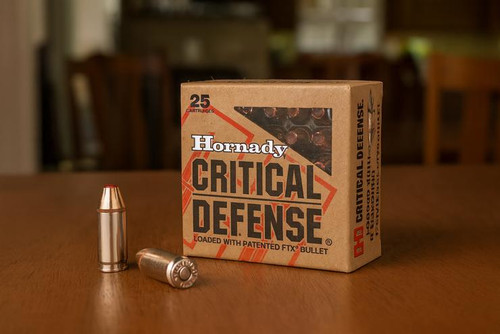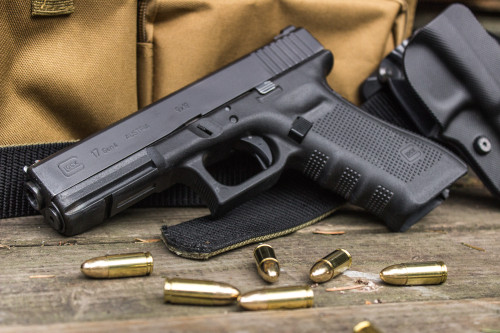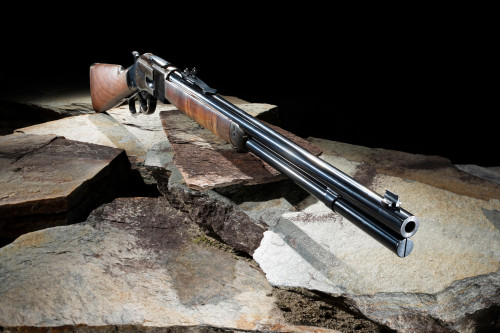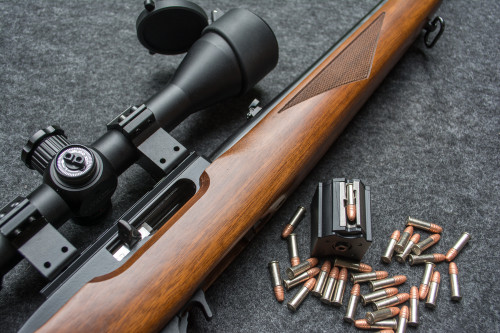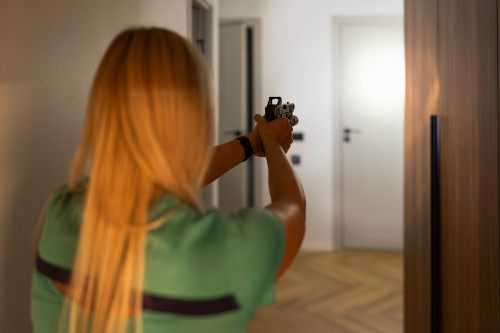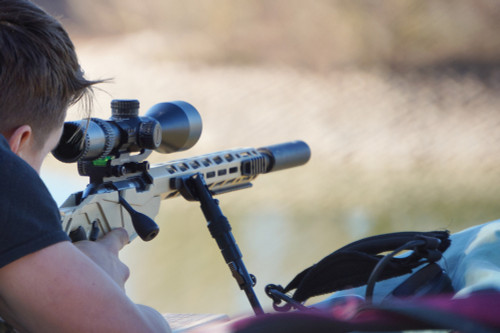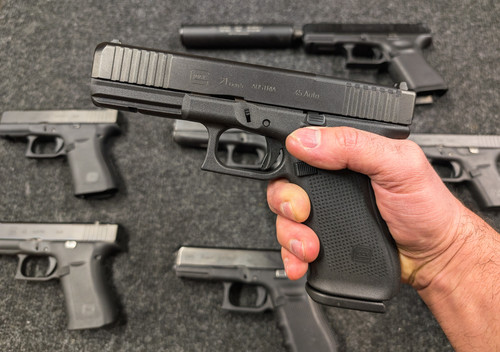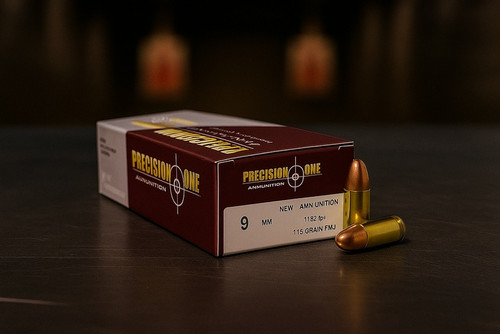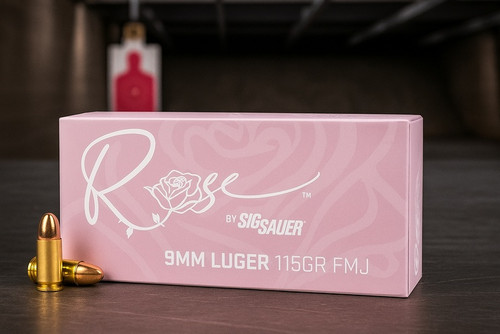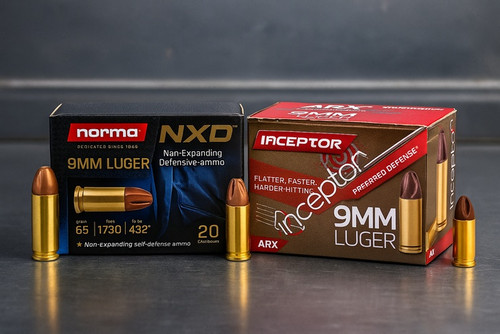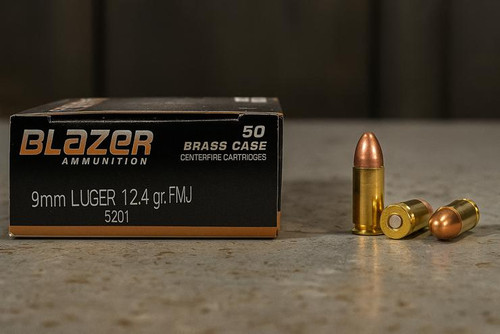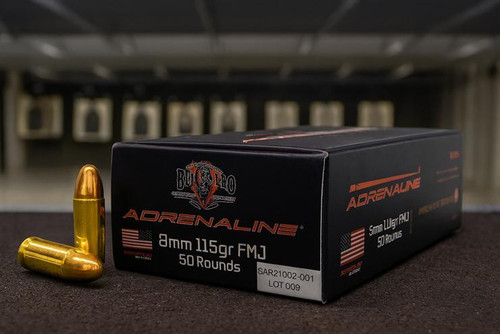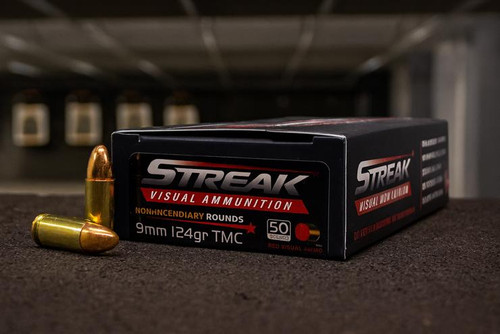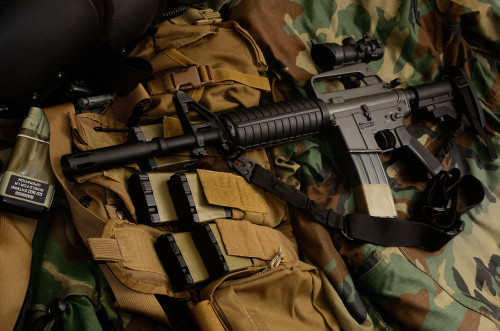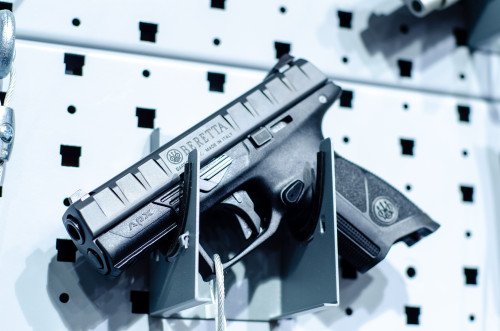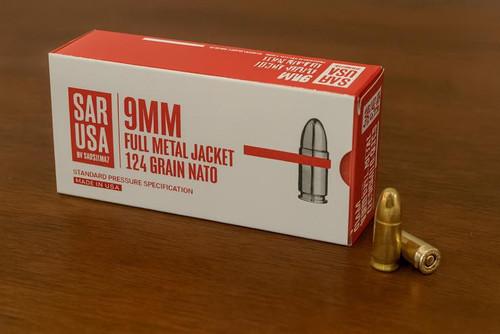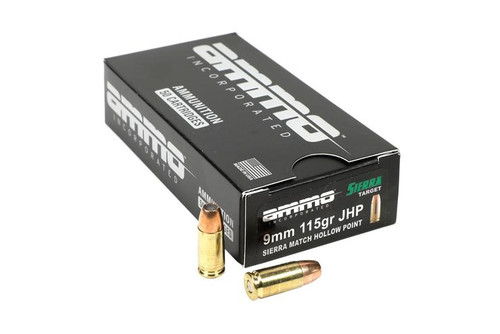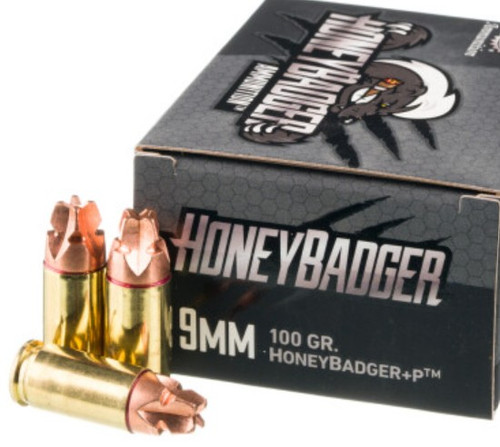Subsonic 9mm ammunition is gaining popularity across a wide range of shooting communities, especially among suppressor users, indoor range shooters, and those seeking reduced recoil and noise. Originally developed for specialized military and law enforcement applications, subsonic loads have entered the mainstream thanks to the growth of suppressor ownership, improved bullet design, and broader awareness of their benefits in both training and defensive roles.
But what exactly qualifies a round as “subsonic”? How does it perform compared to standard 9mm loads? And is it only useful when paired with a suppressor?
This guide answers those questions and more by breaking down:
- What makes 9mm ammo subsonic
- How it differs in recoil, accuracy, and terminal performance
- When and why it’s the preferred choice
- What top manufacturers are offering in this category
Whether you're a new shooter considering your first suppressor, a concealed carrier looking for lower-recoil options, or a seasoned range regular, understanding subsonic ammo will help you better match your ammo choice to your platform and purpose.
What is Subsonic 9mm Ammo?
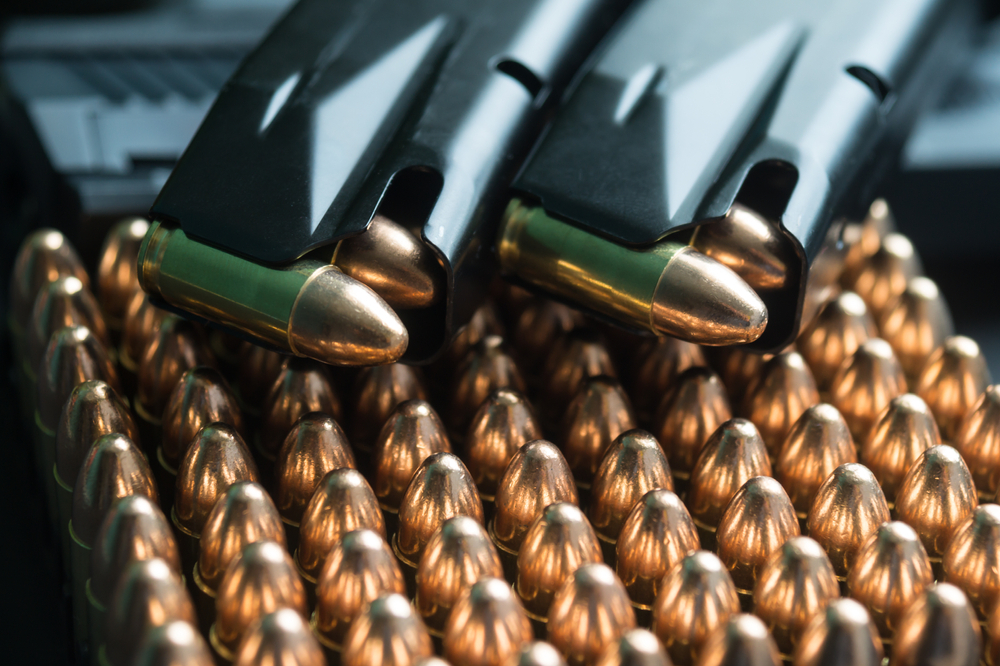
Subsonic 9mm ammunition is defined by its muzzle velocity being slower than the speed of sound, which averages around 1,050 feet per second (fps) at sea level in normal atmospheric conditions (temperature, pressure, and humidity). This is a critical threshold because once a bullet surpasses this speed, it generates a supersonic crack, a sharp, loud sonic boom that can be heard independently of the firearm's report.
Why It Matters:
Standard 9mm loads (especially 115 gr FMJ) often exceed 1,150 fps. Subsonic rounds, typically 135 gr, 147 gr, or 158 gr, are engineered to stay below the sound barrier, making them ideal for sound suppression and softer recoil.
Practical Impact
Because of their reduced noise profile, subsonic rounds are the go-to choice for:
- Suppressor owners who want to minimize sound for hearing protection or tactical discretion
- Indoor shooters who value reduced concussion and less sharp muzzle blast
- Defensive scenarios, particularly in enclosed spaces, where a loud report could disorient the shooter
Suppressor Pairing (and Beyond)
While subsonic ammo was originally designed to maximize suppressor performance, it is by no means limited to that use case. Many shooters prefer subsonic ammo even without a suppressor because it:
- Has a milder recoil impulse, often described as a smoother “push” instead of a snappy “pop”
- Reduces muzzle flip, improving follow-up shot speed and control
- Is less harsh on hearing, especially in combination with modern ear protection
- Enhances accuracy in certain firearms due to more stable bullet flight (some shooters report tighter groups with 147gr rounds compared to 115gr)
Important Note on Ballistics
It’s a common misconception that subsonic = weak. Modern subsonic loads, especially 147-grain jacketed hollow points (JHPs) like the Federal HST or Speer Gold Dot, are specifically engineered to expand and penetrate effectively at subsonic speeds. These loads consistently meet or exceed FBI protocol standards, making them entirely viable for personal defense.
Is Subsonic Ammo Only for Suppressors?
No. While subsonic rounds are ideal for suppressed firearms, they offer benefits even without a silencer.
Subsonic Benefits Without a Suppressor:
- Reduced felt recoil
- Quieter report, especially indoors
- Smoother shooting in full-size pistols
- Heavy bullet weight improves penetration and momentum
Subsonic 9mm is often used by competitive shooters, indoor range visitors, and home defenders who want lower noise and softer recoil, even unsuppressed.
How Does Subsonic 9mm Shoot Differently?
Subsonic rounds behave differently than their faster counterparts in a few noticeable ways.
Shooting Characteristics:
- Recoil: Softer, slower impulse; more of a "push" than a "snap"
- Point of Impact: Heavier bullets may drop slightly more at longer distances
- Cycle Reliability: Generally reliable in modern pistols; subcompacts with light recoil springs may require tuning
Real-World Feedback:
- Shooters praise Federal 147gr HST for its consistent cycling and excellent expansion in defensive scenarios
- Fiocchi 158gr and Sellier & Bellot 140gr subsonic loads are common favorites among suppressor users for their quiet, clean burn
Top Subsonic 9mm Ammo Options and Specs
| Manufacturer | Load | Velocity | Bullet Type | Notes |
|---|---|---|---|---|
| Federal | HST 147gr JHP | ~1,000 fps | Jacketed Hollow Point | Trusted by law enforcement |
| Fiocchi | 158gr FMJ | ~940 fps | Full Metal Jacket | Ultra-quiet with suppressors |
| Sellier & Bellot | 140gr FMJ Subsonic | ~985 fps | FMJ | Great bulk buy option |
| Speer | Lawman 147gr TMJ | ~985 fps | Total Metal Jacket | Clean indoor range training |
These loads offer consistent subsonic performance, whether for training, defense, or suppressed shooting.
Best Use Cases for Subsonic 9mm
1. Suppressed Firearms
Subsonic ammo avoids the supersonic crack, allowing suppressors to achieve maximum noise reduction. Ideal for home defense, tactical training, or night shooting.
2. Indoor Range Training
Quieter shooting and reduced muzzle blast enhance comfort and communication, especially with TMJ bullets that minimize lead exposure.
3. Defensive Carry
Modern subsonic JHPs like Federal HST 147gr and Speer Gold Dot 147gr meet FBI standards for expansion and penetration, making them trusted for duty use.
4. Low-Recoil Practice
New shooters and those sensitive to recoil often prefer the softer impulse of subsonic 9mm.
Subsonic Ammo Performance: Reliability, Penetration, and Practicality
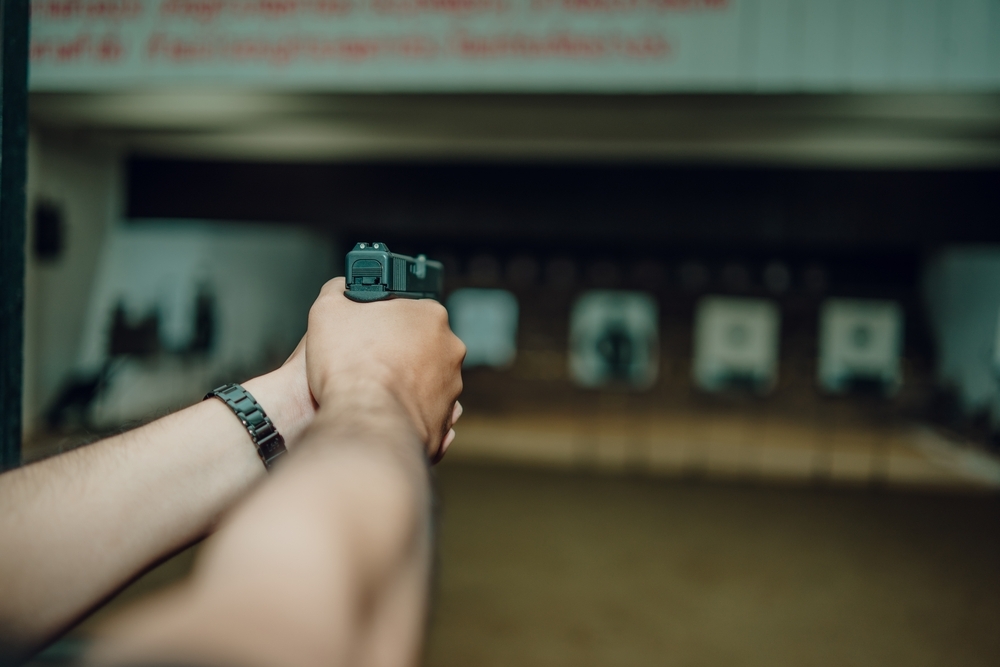
Reliability:
Most full-size handguns cycle 147gr+ loads with no issues. Some compact pistols may need testing to ensure proper cycling.
Penetration:
- Heavier bullets maintain momentum and depth.
- FBI gel tests show 147gr HST consistently penetrates 12–18 inches, even through barriers like denim or auto glass.
Practicality:
Subsonic ammo is slightly more expensive than range-grade 115gr FMJ, but the performance benefits (especially with suppressors) are often worth the cost.
Should You Buy Subsonic 9mm Ammo?
If you use a suppressor, shoot indoors, or prefer heavier bullets, subsonic ammo offers several distinct advantages.
Recommended For:
- Suppressor owners
- Home defenders
- Indoor and tactical trainers
- Shooters sensitive to recoil
- Users of full-size or PCC (pistol-caliber carbine) platforms
Final Thoughts
Subsonic 9mm ammo isn’t just for suppressed shooting — it’s a versatile, lower-recoil, and often more comfortable alternative to standard loads. While not necessary for every shooter, subsonic rounds like Federal HST 147gr and Fiocchi 158gr FMJ offer proven reliability, quieter operation, and deeper penetration with heavier bullets.
Whether you're practicing at the range, training for defense, or optimizing your suppressed setup, subsonic 9mm deserves a place in your loadout.
Remember that subsonic and frangible rounds can affect cycling in some guns — if reliable self-defense feeding is your priority, review the defensive load recommendations in our best 9mm for self-defense guide before committing to a single carry round.
Frequently Asked Questions
1. What qualifies 9mm ammo as subsonic?
Any 9mm load that travels under the speed of sound (typically under 1,050 fps at sea level) is subsonic.
2. Do I need a suppressor to use subsonic 9mm?
No. While subsonic rounds maximize suppressor effectiveness, they are safe and effective in unsuppressed guns too.
3. Will subsonic ammo cycle in my pistol?
Most modern handguns handle subsonic ammo well. Test in subcompacts or older guns before carrying.
4. Is subsonic 9mm good for self-defense?
Yes, especially premium JHPs like Federal HST and Speer Gold Dot 147gr that meet FBI penetration and expansion standards.
5. What’s the quietest 9mm load for suppressed use?
Loads like Fiocchi 158gr FMJ or Sellier & Bellot 140gr Subsonic are commonly praised for their ultra-quiet suppressed performance.
6. Is subsonic ammo more expensive?
Yes, by a small margin. Expect to pay 10–20% more than bulk 115gr FMJ — though prices vary by brand and quantity.



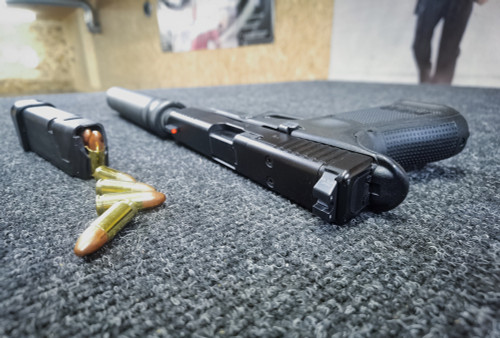
 Pro Armory Editorial Team
Pro Armory Editorial Team